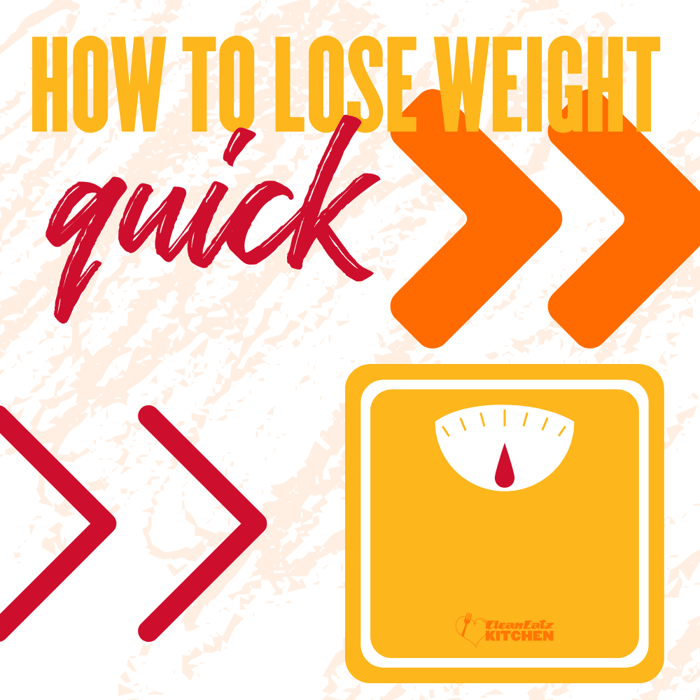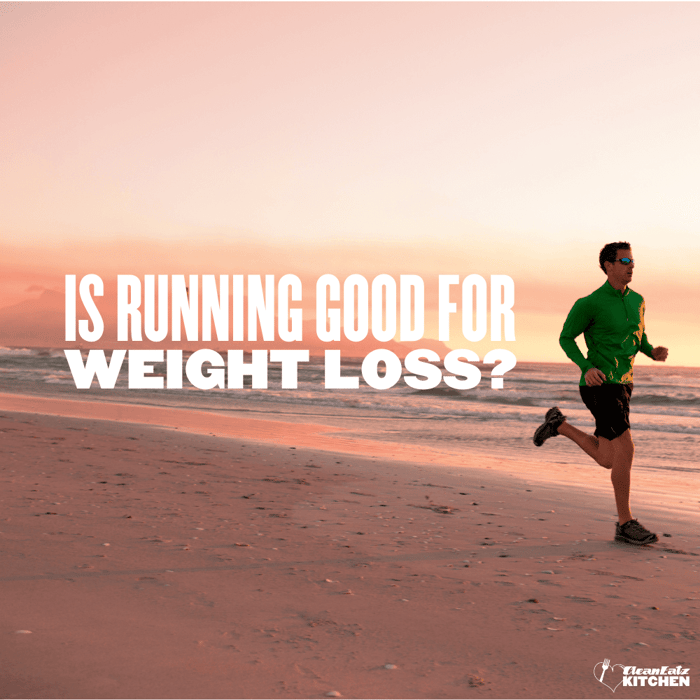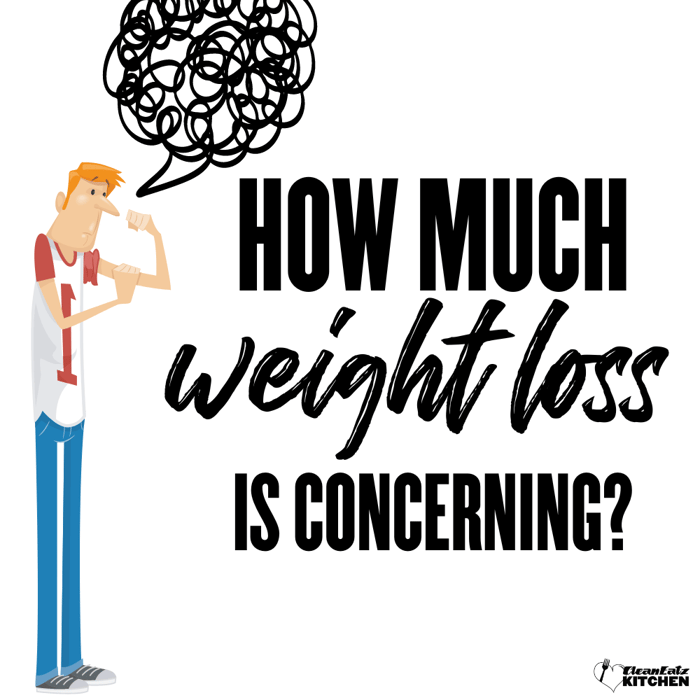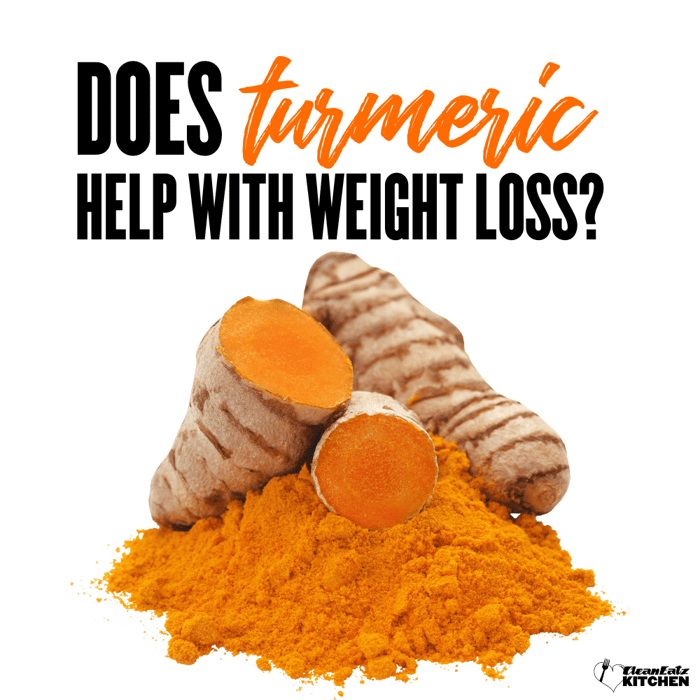Quick answer: The fastest safe way to lose weight is a short, structured reset: create a modest calorie deficit (skip liquid sugars, portion your meals), keep protein high (about 25–35 g per meal) and fiber high, move most days (walk + 2 strength sessions), and sleep 7+ hours. Expect steady—not dramatic—loss; “crash” approaches backfire.
On this page
- “Fast” but safe: what it really means
- Your 14-day jumpstart (day-by-day playbook)
- Food rules that work (quick checklist)
- Movement that accelerates results
- What real-world results look like
- What to eat from Clean Eatz Kitchen
- FAQ
“Fast” but safe: what it really means
- Aim for steady loss, not starvation. Most adults do well targeting roughly 0.5–2 lb per week depending on starting size and adherence.
- Shortcuts to avoid: detoxes, laxatives, and very-low-calorie (<800 kcal) plans unless your clinician prescribes and supervises them.
- Focus on behaviors that scale: protein at each meal, lots of non-starchy veg, fewer ultra-processed snacks, and no sugary drinks.
Your 14-day jumpstart (day-by-day playbook)
Keep meals simple. Repeat winners. Use the same shopping list two weeks in a row.
- Days 1–2: Setup — clear out sugary drinks; stock lean proteins, high-fiber carbs, veg, fruit; portion-control snacks. Do a 30–40 min brisk walk both days.
- Days 3–4: Lock the plate — every meal hits 25–35 g protein + a big veg serving + a smart carb (potato, brown rice, high-protein pasta, whole-grain wrap). One planned snack (200 kcal) if needed.
- Day 5: Strength A — 30–40 min push/pull/legs/core; keep steps >8k.
- Day 6: Walk longer — 45–60 min steady walk or bike; easy stretch.
- Day 7: Review — prep next week; measure portions for oils, nuts, and spreads; sleep 7–9 h.
- Day 8: Strength B — full-body session #2; add veggie volume at lunch.
- Days 9–10: Protein consistency — hit targets at every meal; swap desserts for fruit or Greek yogurt.
- Day 11: Intervals light — 20–25 min (1 min faster / 2 min easy × 6–8) + 10 min easy cool-down.
- Day 12: Steps + reset — aim 9–12k steps; hydrate; keep dinner earlier.
- Days 13–14: Repeat best day — choose your easiest winning combo and repeat it; strength or long walk one of the days.
Food rules that work (quick checklist)
- Protein at each meal: 25–35 g (chicken, fish, eggs, tofu/tempeh, beans, Greek yogurt, cottage cheese).
- Fiber daily: work toward ~25–38 g/day from vegetables, beans, fruit, and whole grains.
- Smart carbs: pick high-fiber options; keep portions measured (roughly a fist-size cooked serving at meals).
- Liquid calories: skip soda/juice; choose water, unsweetened tea/coffee.
- Meal structure: 2–3 meals + 0–2 planned snacks; avoid mindless grazing.
- Sleep: 7+ hours—appetite control and recovery improve when you’re rested.
Movement that accelerates results
- Weekly baseline: build toward 150 min moderate or 75 min vigorous activity + 2 strength days.
- For a “quick start” feel: add steps on non-training days (8–12k) and one short interval session per week.
- Strength matters: preserving muscle helps sustain your burn and keeps you looking/feeling better as you lose.
What real-world results look like
- Two-week expectation: initial changes are mostly routine, water, and meal-timing shifts—plus a small true fat loss when you’re consistent.
- Months 1–3: steady loss compounds when you keep your plate and steps consistent. Quick fixes fade; habits stick.
- Talk to your clinician if you have medical conditions, take weight-affecting meds, are pregnant/breastfeeding, or are considering aggressive calorie cuts.
What to eat from Clean Eatz Kitchen
- Build-A-Meal Plan — set portions/macros; easiest way to lock 25–35 g protein/meal.
- Meal Plans — rotating, calorie-controlled options to remove guesswork.
- Protein PB&J — simple 11 g protein snack to bridge long gaps without overshooting calories.
FAQ
What’s the fastest healthy way to lose weight?
Create a modest calorie deficit you can repeat: high-protein, high-fiber meals; no sugary drinks; daily steps; 2 strength days; 7+ hours sleep.
How much can I lose in 2 weeks?
It varies by starting size and adherence. Aim for steady, sustainable change; avoid extreme cuts that are hard to maintain.
Are meal-replacement shakes OK?
They can help with portion control short-term. Choose ones with protein and minimal added sugar, and keep whole-food meals in the mix.
Do I need cardio or weights?
Both help. Cardio supports the calorie gap; strength preserves muscle so results look and feel better.
Should I try a detox or <800-calorie diet?
No—unless your clinician prescribes and supervises it for a specific medical reason. Most people don’t need extreme diets to see progress.




